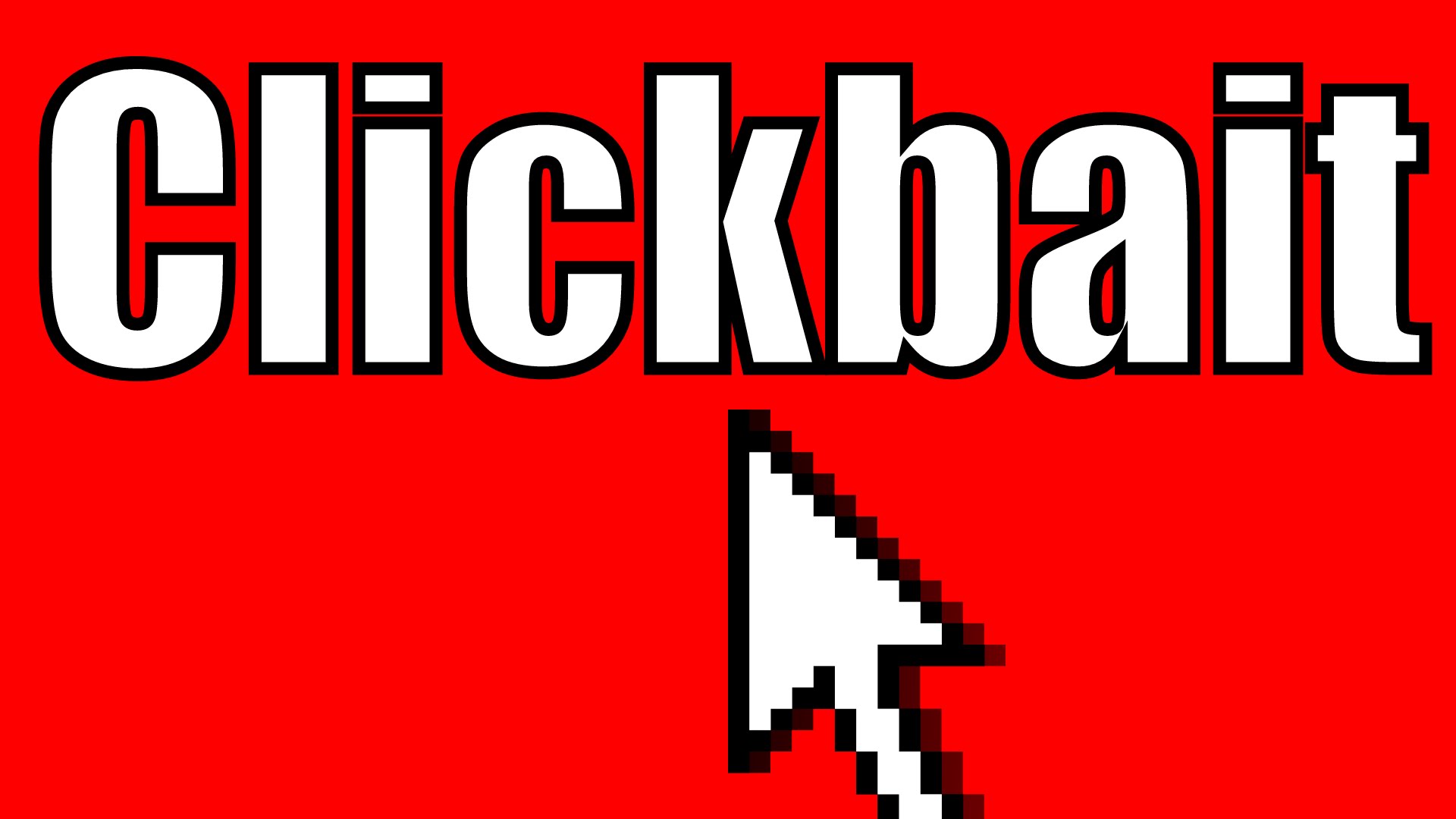Following through on its efforts at reducing clickbait content on its platform, Facebook has recently announced a couple of updates to limit clickbait video posts appearing in the News Feed.
The goal is to reduce the reach and prevalence of clickbait on its platform, and the new initiatives are geared toward restricting the spread of such content. Facebook further penalizes publishers who are responsible for tricking users into tapping on their links.
Facebook claims to have taken individual attention by looking at posts that have fake video buttons embedded into an image, and not just going by bulk analysis. It will also look at two distinct signals: whether a headline “withholds information or if it exaggerates information, separately.”
The revamping of the News Feed comes as a much-needed update as it encapsulates the most significant part of Facebook. The recent updates allow users, in several ways, to tweak what shows up in their News Feeds. The updates have dropped to iOS, and will soon be seen on Android and the Web.
“People tell us they don’t like stories that are misleading, sensational or spammy,” writes Facebook engineers Arun Babu, Annie Liu, and Jordan Zhang in a blog post posted today. “That includes clickbait headlines that are designed to get attention and lure visitors into clicking on a link. In an effort to support an informed community, we’re always working to determine what stories might have clickbait headlines so we can show them less often.”
Clickbait videos refer to those posts with fake video-play buttons embedded into an image, or videos of a static image that fool Facebook’s algorithms.
The News Feed primarily lets the user be more organized by prioritizing the content to be seen first based on the pattern the user follows. The new Discover New Pages feature is essentially a set of pages that Facebook has learned that the user likes, based on the user’s preferences in the past. It also allows the user to unfollow or to reconnect with those previously added. Once the changes have been logged, the Feed will direct the user to the new updates and posts at the top, and the rest of the News Feed follows, making sure that the user doesn’t miss anything.
Facebook’s algorithms actively look at clickbait-detecting signals separately or individually, rather than trying to determine in bulk. The process in automated across the platform to determine commonly used phrases to match the clickbait criteria to take necessary action.
Facebook, as reported earlier, continues its fight against fake news, and it is said to be an ongoing process for the company until it is minimized to a large extent or zeroed down to a negligible level.



